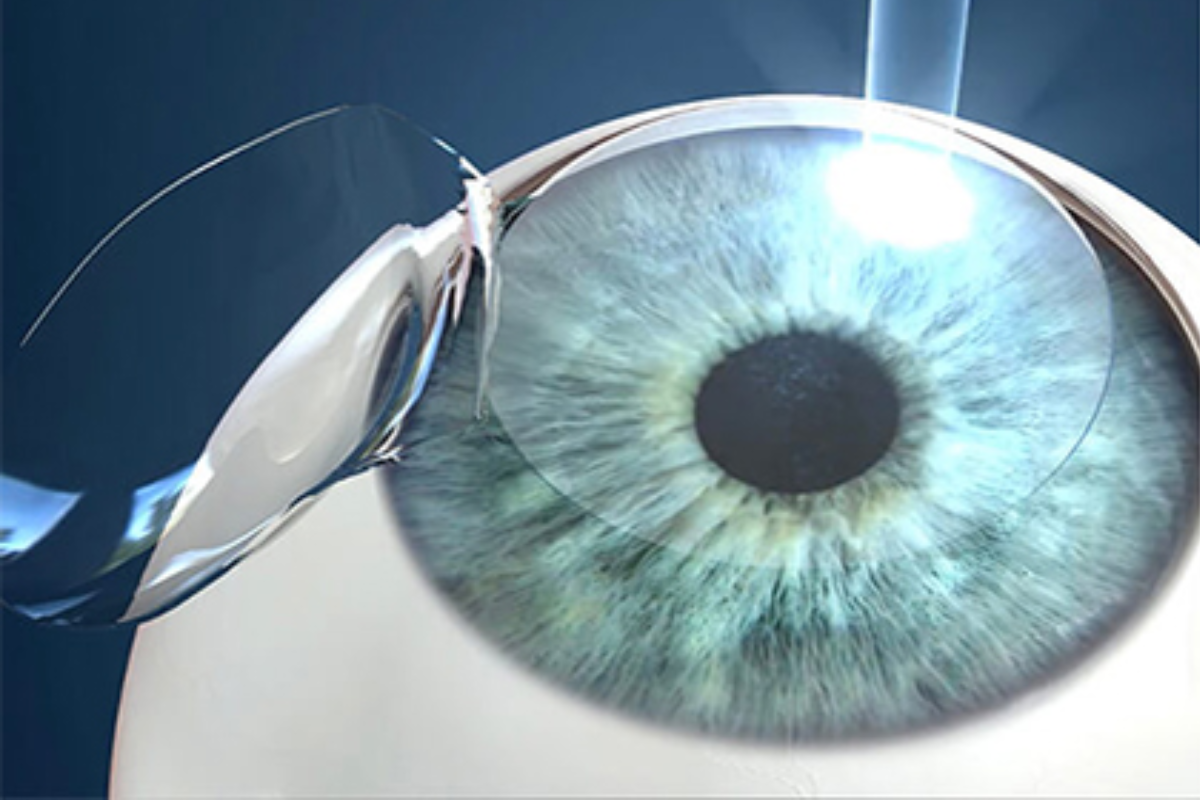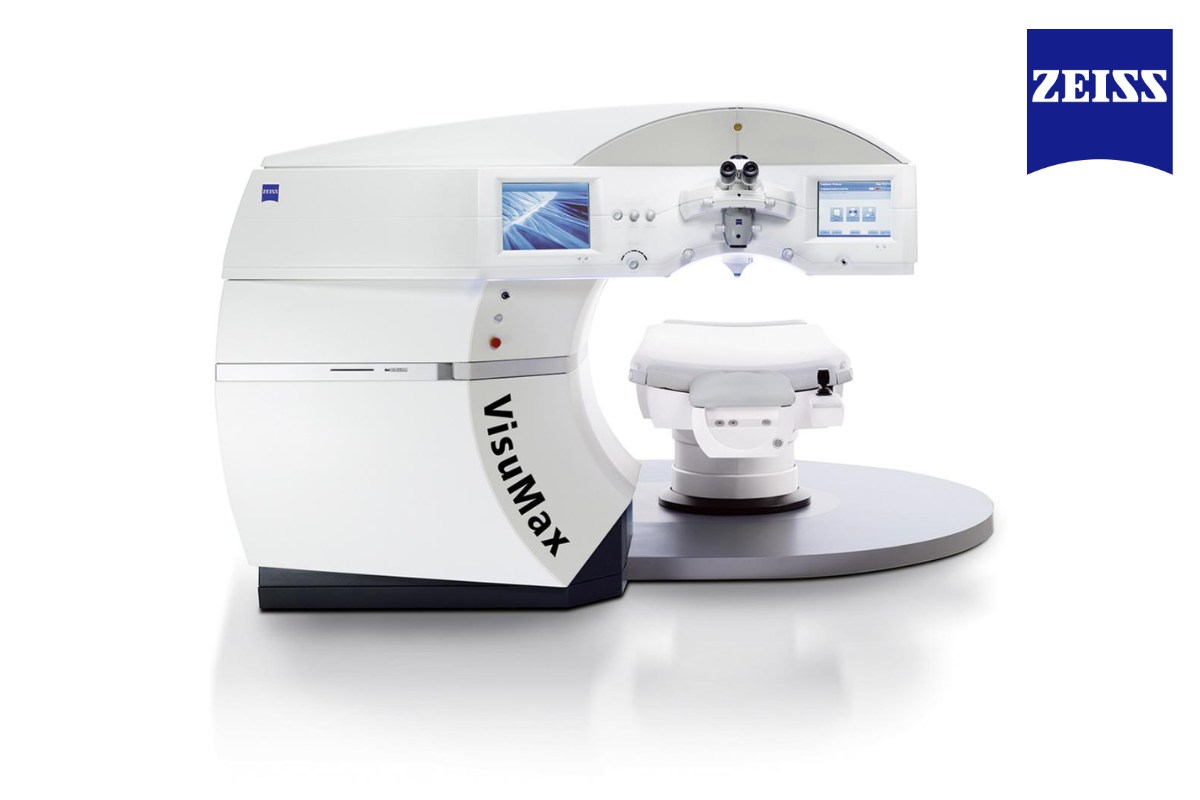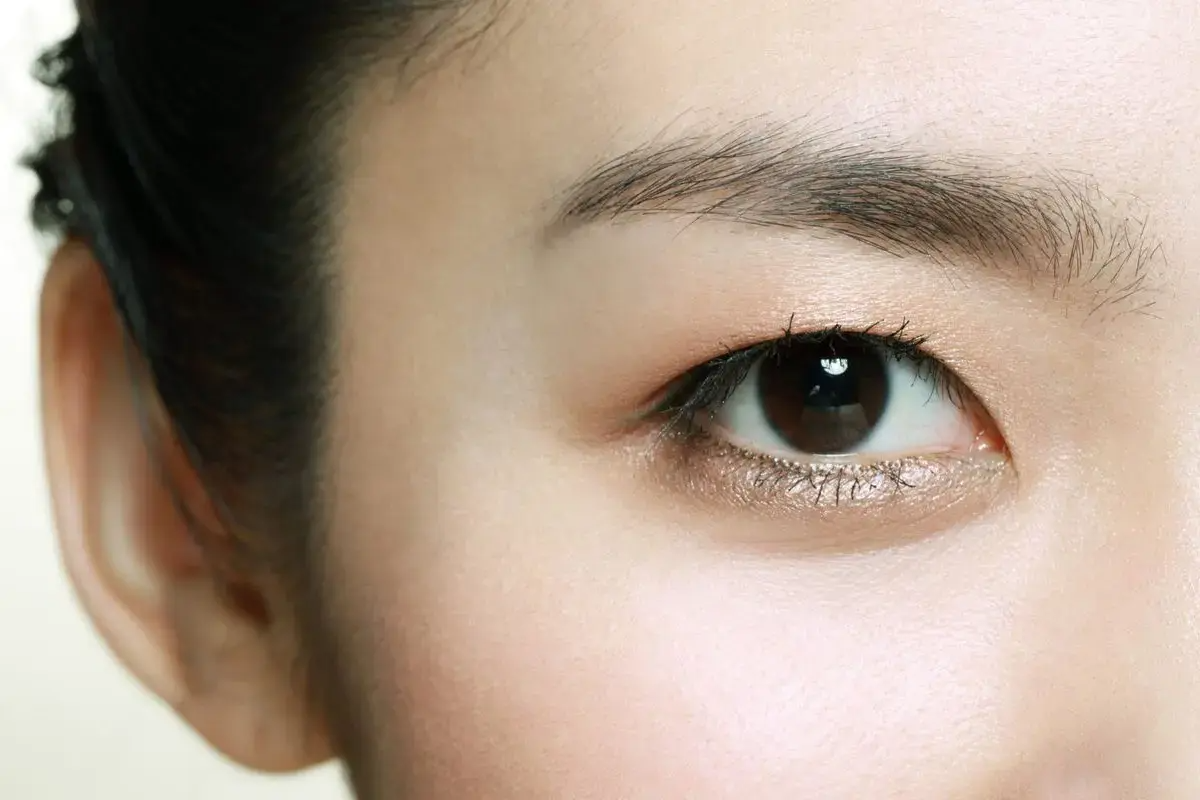Considering corrective eye surgery in Korea? With its world-class medical facilities, advanced technology, and highly skilled surgeons, Korea has become a top destination for vision correction procedures like LASIK, SMILE, and ICL.
Not only are the surgeries performed with cutting-edge equipment, but the costs are also significantly lower compared to many Western countries, making it a cost-effective option for international patients.
Whether you're looking for quick recovery, precision, or specialized treatments, Korea offers a variety of options to suit your needs. In this guide, we’ll explore the different types of corrective eye surgeries, prices, and the best clinics in Korea. Read all about each surgery here!
Lasik Eye Surgery Overview

| LASEK (라섹) | Laser-Assisted Sub-Epithelial Keratectomy |
| PRK (각막절제술) | Photorefractive Keratectomy |
| LASIK (라식) | Laser-Assisted In Situ Keratomileusis |
| SMILE (스마일 라식) | Small Incision Lenticule Extraction |
| SMILE (스마일 프로) | Small Incision Lenticule Extraction Pro |
| ICL (ICL 렌즈삽입술) | Implantable Collamer Lens |
*These procedures are most suitable for those that have myopia (nearsightedness).
*If you have hyperopia (farsightedness), astigmatism, or pre-existing eye conditions such as glaucoma or cataracts, you may be ineligible for laser eye surgery.
Things to Know About Laser Eye Surgery in Korea
Understanding the Term SMILE
The term SMILE (Small Incision Lenticule Extraction) is a patented term for full femtosecond laser surgery. Only hospitals or surgeons certified by ZEISS (Carl Zeiss Meditec), with a proven safety record and extensive experience, are authorized to perform this procedure.

If you're considering laser surgery for myopia in Korea, it's essential that the term "SMILE" remains in English. Be cautious if you encounter non-English translations like "smile" or "grin" being used to describe the full femtosecond surgery, as this may indicate the use of non-ZEISS equipment.
Additionally, if the Korean name for the procedure does not include "스마일" (Smile) but is still translated as "SMILE full femtosecond," it could signal an illegal practice.
Cost of Laser Eye Surgery in Korea v. the U.S.
Below are the average prices in Korea for laser eye surgery, along with the average prices in the U.S. for comparison:
LASEK (Standard Laser Surgery) | |
South Korea: 1,600,000 KRW (1600000) | United States: 8,000,000 KRW (8000000) |
LASIK (Partial Femtosecond Laser) | |
South Korea: 1,900,000 KRW (1900000) | United States: 9,300,000 KRW (9300000) |
SMILE (Full Femtosecond Laser) | |
South Korea: 2,500,000 KRW (2500000) | United States: 10,700,000 KRW (10700000) |
SMILE PRO (Full Femtosecond Laser) | |
South Korea: 4,500,000 KRW (4500000) | United States: 12,600,000 KRW (12600000) |
ICL (Implantable Collamer Lens) | |
South Korea: 5,400,000 KRW (5400000) | United States: 14,600,000 KRW (14600000) |
*These are average prices for both eyes and is based on collective data from 2024.
Korea’s medical field for vision correction is highly advanced, with technology that is regarded as being at the forefront globally. The prices for these surgeries can vary greatly depending on the clinic, but the above figures represent the average costs.
Compared to the United States, the cost of SMILE full femtosecond surgery in Korea can be significantly lower, with many American patients finding that the procedure in Korea is almost half the price of what they would pay at home. For SMILE Pro, the price difference isn’t as dramatic.
In the U.S., SMILE Pro can cost between $3,500 to $6,000 per eye, whereas in Korea, it typically costs around ₩4,500,000 ($3,400) for both eyes. While Korea is still cheaper, the savings on newer procedures like SMILE Pro aren't as drastic as for older procedures like standard SMILE or LASIK, which have been around longer and have wider availability in both countries.
Recommended Clinics for Laser Eye Surgery in Korea
The four clinics listed above are all located in Seoul and are certified by the Korean Ministry of Health and Welfare, with extensive experience in ophthalmology.
Each clinic has its own unique characteristics, such as the most affordable prices, the highest number of celebrity patients, the oldest brand, or international certifications. You can click the links above to explore and choose the clinic that suits you best. Be sure to check out the various promotional offers at each hospital!
Types of Laser Eye Surgery in Korea

1. SMILE (Full Femtosecond Laser)
- Surgery time: 30 seconds per eye
- Recovery: Normal activities can resume the next day
- Procedure: Utilizes full femtosecond laser technology, which has won a Nobel Prize in Physics. It does not damage the corneal epithelium and only separates the portion of the cornea that needs correction, making it one of the leading vision correction surgeries in the world. It is also approved by the U.S. FDA.
Advantages:
- Incision is less than 2 millimeters, making it painless with a fast recovery time—daily activities can resume the day after surgery.
- The corneal epithelium is preserved, leaving almost no open wound, which reduces the chances of dry eyes, corneal infection, and vision regression.
Equipment: ZEISS Visumax 500
Surgery duration: Approximately 10 minutes
Anesthesia: Local anesthesia with eye drops
Follow-up: A follow-up visit is required the day after surgery, and further checks for vision and eye pressure can be done at an ophthalmologist in Taiwan.
Postoperative care: Eye drops may be used as needed for 2 weeks to 1 month after the surgery.
Recommended for: Ideal for those who are afraid of pain and want a quick recovery. It is also suitable for people with dry eyes or those who engage in frequent physical activity.
Precautions:
- Do not drive on the day of the surgery. Use public transportation or have a friend or family member accompany you home.
- You can shower and wear makeup the day after surgery, but avoid eye makeup for one week.
- Avoid intense sweating, exercise, hair treatments (such as dyeing or perming), saunas, and alcohol consumption for one week after surgery.
- Smoking, watching TV, and using computers or smartphones are not harmful, but it is recommended to rest your eyes as much as possible to prevent dryness.
2. SMILE Pro (Full Femtosecond Laser)
- Surgery time: 8 seconds per eye
- Recovery: Normal activities can resume the next day
- Procedure: An enhanced version of the original SMILE procedure with improved laser technology, making the surgery faster and smoother.
Advantages:
- The laser speed is three times faster than the standard SMILE procedure, requiring only 8 seconds.
- Precise scanning technology reduces corneal damage and speeds up recovery time.
- Equipped with OcuLign and CentraLign technologies for accurate astigmatism correction.
Equipment: ZEISS Visumax 800
Surgery duration: 5 to 10 minutes
Anesthesia: Local anesthesia with eye drops
Follow-up: A follow-up visit is required the day after surgery, with additional vision and eye pressure checks at a local ophthalmologist.
Postoperative care: Eye drops may be used as needed for 2 weeks to 1 month after the surgery.
Recommended for: Ideal for those who are afraid of pain and want a quick recovery. It is also suitable for people with dry eyes or those who engage in frequent physical activity.
Precautions:
- Do not drive on the day of the surgery. Use public transportation or have a friend or family member accompany you home.
- You can shower and wear makeup the day after surgery, but avoid eye makeup for one week.
- Avoid intense sweating, exercise, hair treatments (such as dyeing or perming), saunas, and alcohol consumption for one week after surgery.
- Smoking, watching TV, and using computers or smartphones are not harmful, but it is recommended to rest your eyes as much as possible to prevent dryness.
3. ICL (Implantable Collamer Lens) Surgery
Procedure: Involves implanting corrective contact lenses directly into the eye. The most important aspects of the surgery are measuring the size of the lens, selecting the appropriate material, and ensuring proper placement, which requires a highly experienced medical team.
Advantages:
- Minimal pain and a quick recovery.
- The surgery is reversible, allowing vision to return to its pre-surgery state if needed.
- Suitable for people with thin corneas, farsightedness, or large pupils.
- The lenses have UV protection, which helps prevent further myopia.
Surgery duration: 20 minutes
Anesthesia: Local anesthesia with eye drops
Follow-up: A follow-up visit is required the day after surgery. Additional checkups can be done at a local ophthalmologist after one week, one month, and annually for vision and eye pressure assessments.
Postoperative care: Eye drops may be used as needed for 2 weeks to 1 month after the surgery.
Recommended for: Ideal for those with severe myopia, individuals who have previously undergone laser surgery but are unable to undergo another procedure, or those with thin corneas who are concerned about corneal deformation, high astigmatism, or severe dry eye.
Precautions:
- Do not drive on the day of the surgery. Use public transportation or have a friend or family member accompany you home.
- For the first 3 days after surgery, avoid rubbing your eyes and wear an eye shield while sleeping to prevent accidental contact with your eyes.
- After 3 days, you may wash your face and apply makeup (excluding eye makeup).
- Avoid sudden vigorous movements, rubbing your eyes, forcefully closing your eyes, or keeping your head down for extended periods, as these actions could cause internal eye bleeding.
- After 1 week, you may engage in light exercise.
- After 2 weeks, you may drink alcohol, smoke, or visit a sauna.
- After 1 month, you can resume activities such as getting a perm, wearing eye makeup, intense exercise, and swimming.
Check out our Instagram posts related to corrective eye surgery here!
Read more about corrective eye surgery here!
Korean Laser Eye Surgery | Full Guide
We hope this is helpful in understanding the difference between each corrective eye surgery! If you have any questions or concerns, please leave a comment below or send us an email at help@creatrip.com. You can follow us on Instagram, TikTok, Twitter, and Facebook to stay updated on all things Korea!

